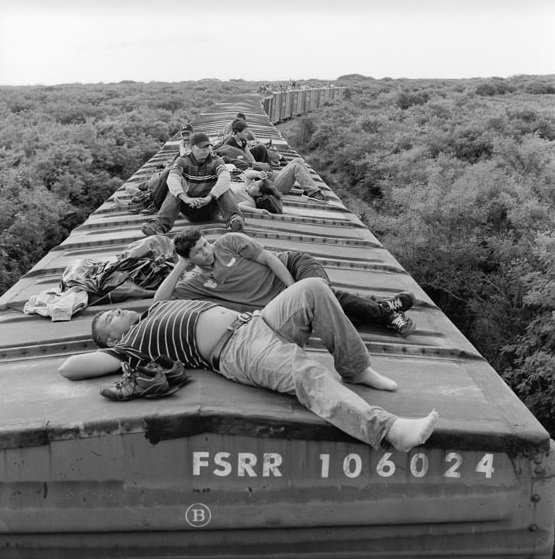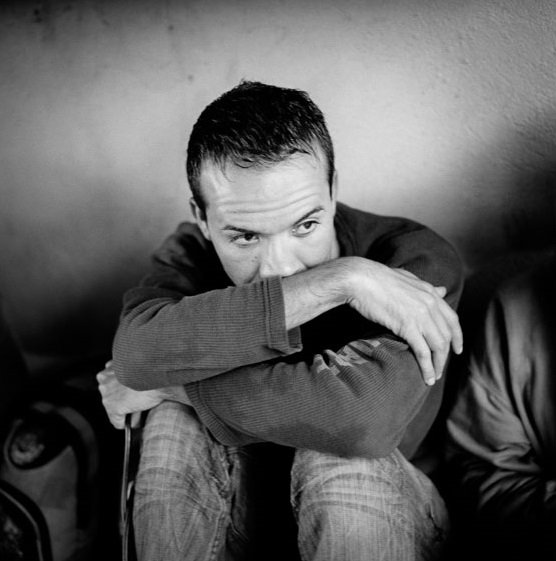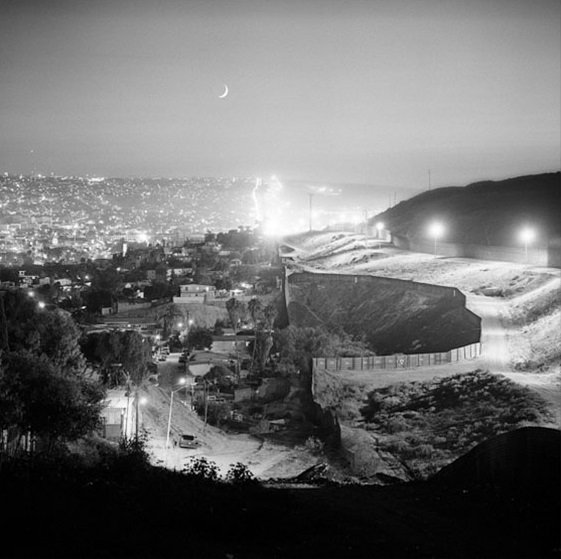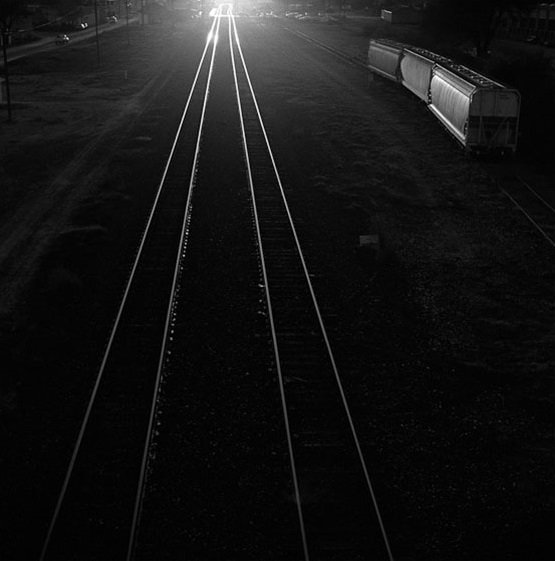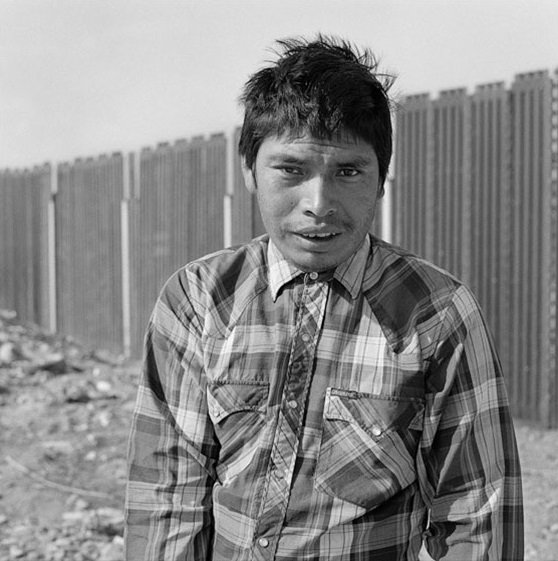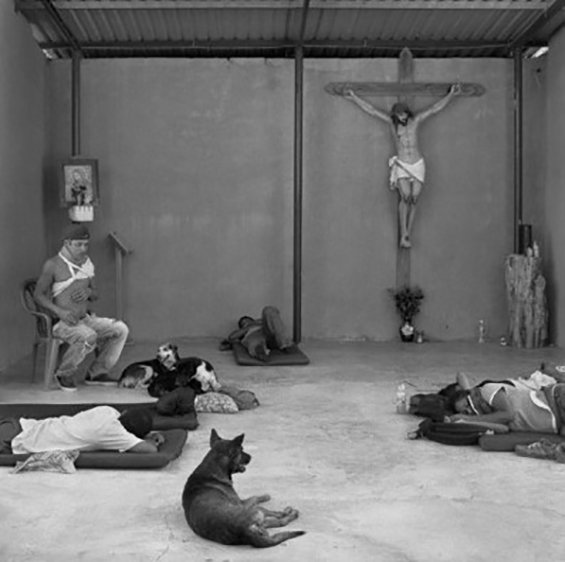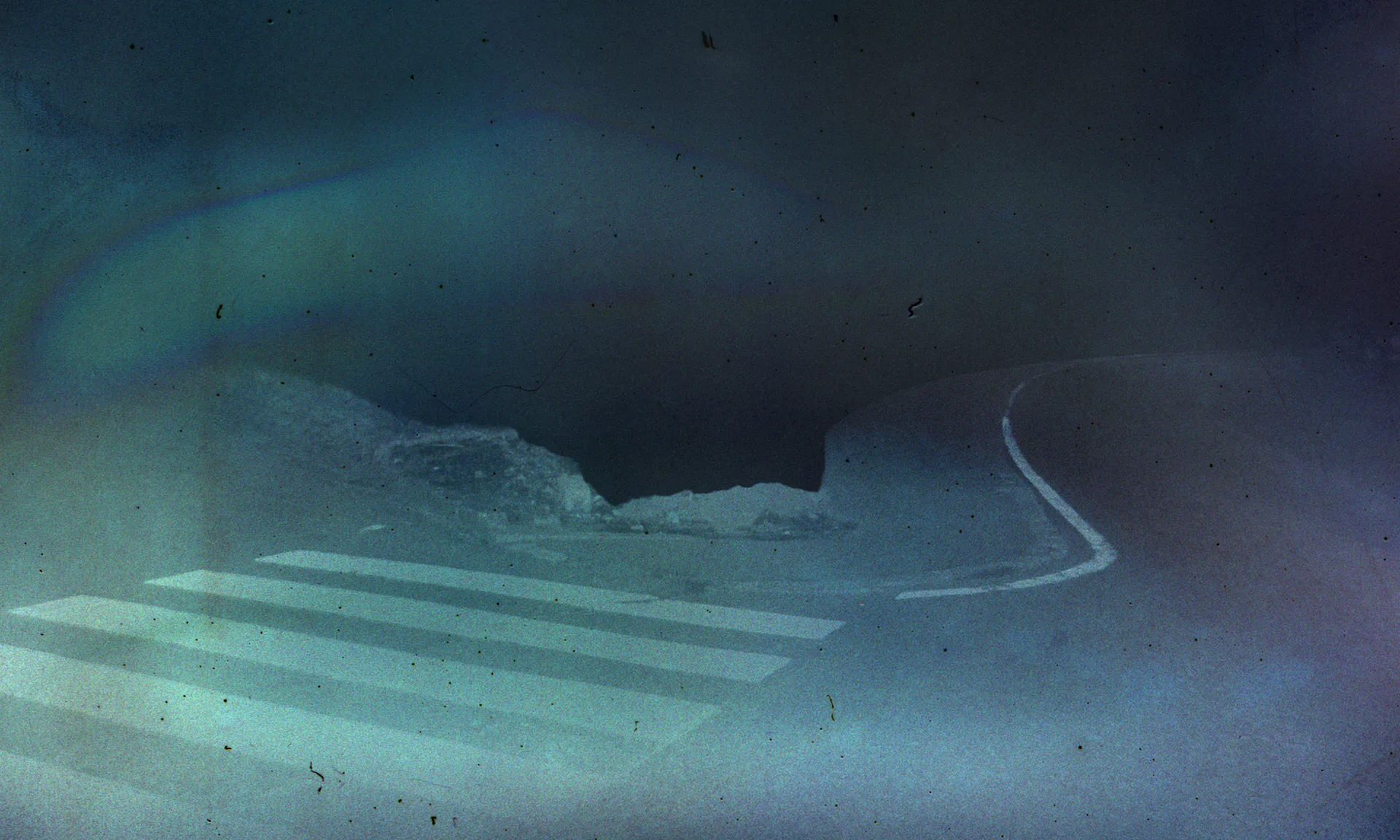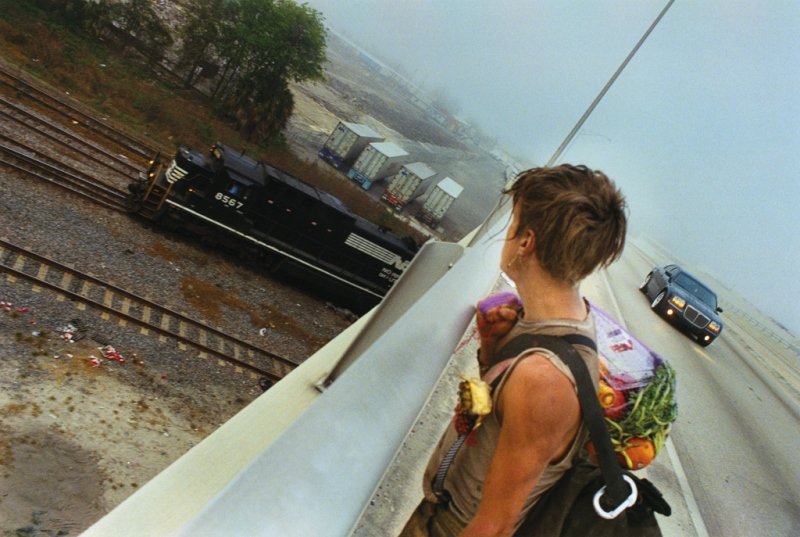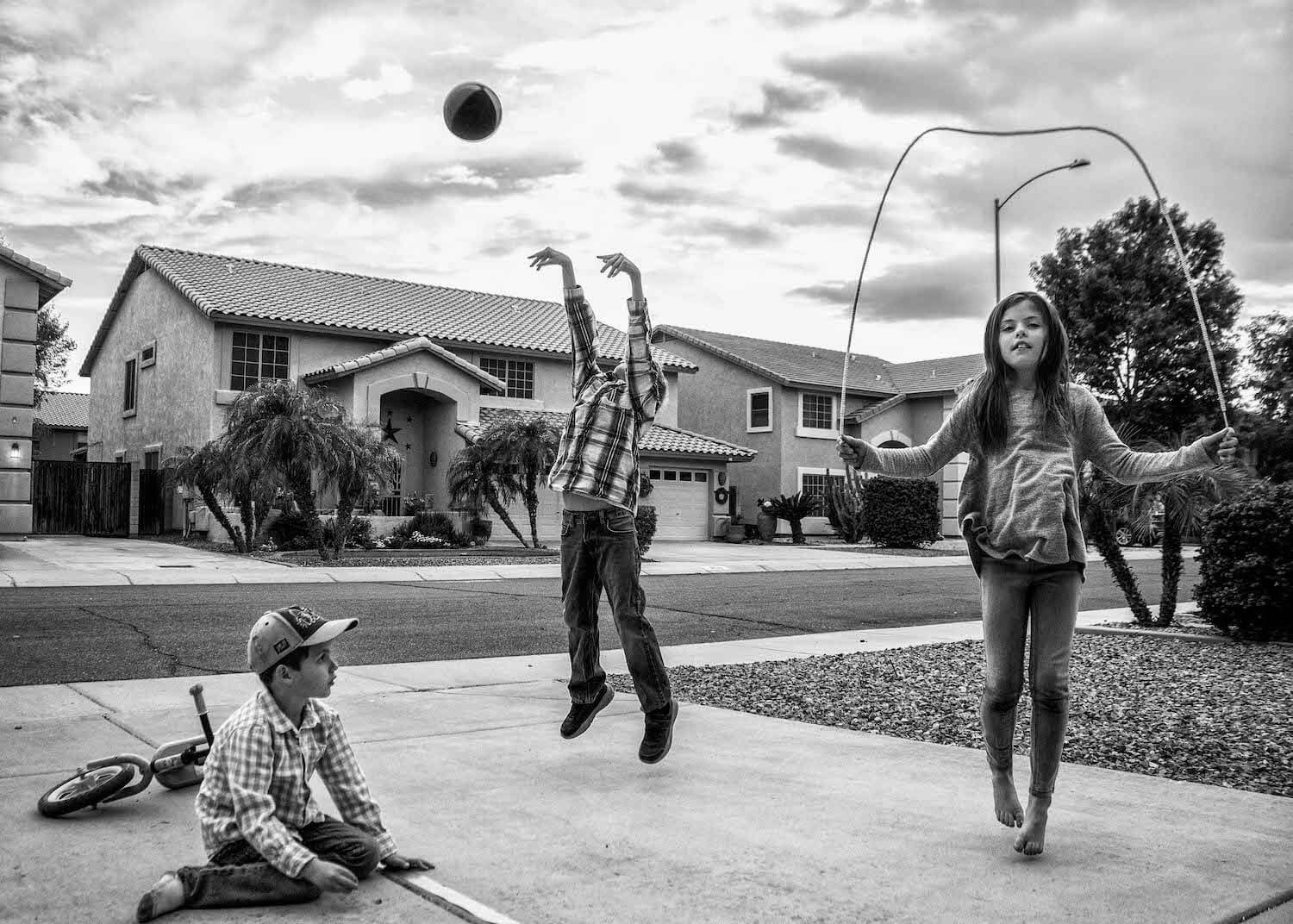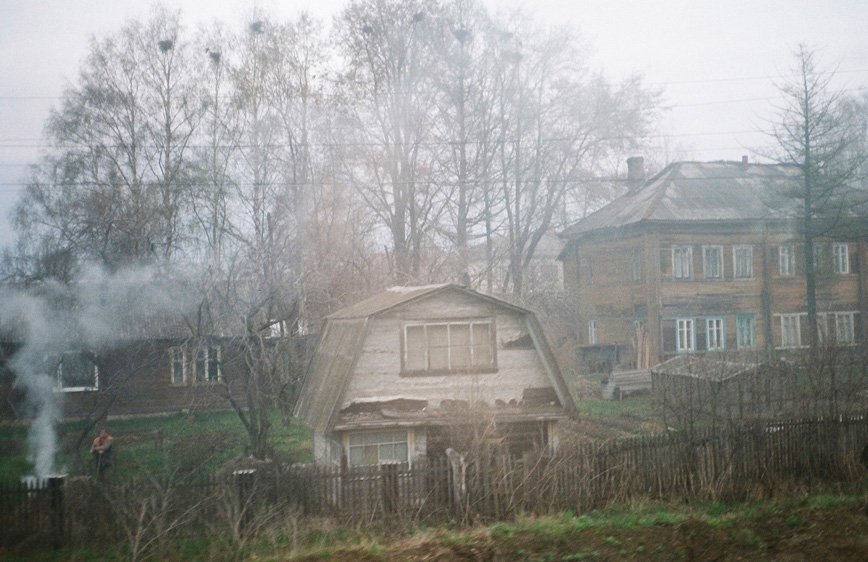USA –
This is my first review of the photobook series published by FotoEvidence, a non-profit organization that focuses on the global issues of Social Justice.
Michelle Frankfurter (b. April 1961, Jerusalem, Israel – living in the US since 1967 and currently resides near Washington DC) is using a classic black and white photographic medium in a documentary style to investigate the illegal influx into southern United States. Frankfurter sequences her photographs to allow us to follow the progress of a journey, laden with boredom and interspersed with moments of sheer terror, from Central America to the various Mexican borders of the United States.
Her subjects, single individuals to entire multi-generational families, have meager economic means thus they leverage the Central American commercial transportation infrastructure, primary riding atop freight trains. To further understand what lengths these individuals were willing to undertake, Frankfurter similarly hopped onto these same trains alongside her subjects. In so doing, she shared a part of their perilous journey enduring the same risks and now becoming an insider, not a casual and emotionally distant observer.
Since I live in Southern California I interact on an almost daily basis with Latinos, many due to their difficultly with English, are most likely a product, directly or indirectly, of a similar journey. In discussions with them about their heritage, they will eventually open up to the circumstances of their arrival and current situation. For those who are undocumented, the Politically Correct term for illegal, their lives which although are much better now than where they originated is still fraught with great danger. Nevertheless the enormous efforts and risks undertaken to arrive in the United States are seldom discussed and for the most part unknown to me and most others who live here. Usually discussed in the local news are the events around a terribly failed attempt at a border crossing, perhaps a family who has passed away making the trek through the arid desert that lurks in between the U.S. and Mexico. The photographs are very sensitively composed with her subjects photographed from a close and intimate distance. These portraits are intermingled with the passing landscape photographs, slightly larger in scope and providing a context to her subject’s journey. As an example, the photobook’s cover image is a subtle story. The man in the right side within the frame has his eyes focused slightly to his right. Then I realize that he is not shifting his gaze away from the photographer, but to whom is probably his family, a woman and small child who are covered with black plastic to protect them from the natural elements. This photograph provides a poignant narrative as to what this man is actually risking, not just himself, but his entire family. The photograph also asks the reader to consider the uneasy question as why would someone take such a huge risk? These are the unanswered questions that Frankfurter raises throughout this photobook.
The photographs are very sensitively composed with her subjects photographed from a close and intimate distance. These portraits are intermingled with the passing landscape photographs, slightly larger in scope and providing a context to her subject’s journey. As an example, the photobook’s cover image is a subtle story. The man in the right side within the frame has his eyes focused slightly to his right. Then I realize that he is not shifting his gaze away from the photographer, but to whom is probably his family, a woman and small child who are covered with black plastic to protect them from the natural elements. This photograph provides a poignant narrative as to what this man is actually risking, not just himself, but his entire family. The photograph also asks the reader to consider the uneasy question as why would someone take such a huge risk? These are the unanswered questions that Frankfurter raises throughout this photobook.
The resulting openness of her subjects comes through in her photographs, perhaps as Frankfurter shares in her introduction, she and her family are also immigrants into the United States, be by much different circumstances. I found this narrative reminds me of the Freedom Train, the illegal movement of the African-Americans preceding the United States Civil War in the 1860’s, a much earlier era of the American history.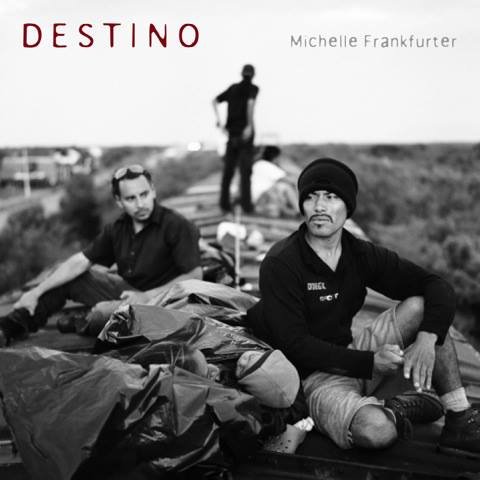
Her black and white photographs alternate between a full bleed images to a classic border with paper white margins. The images alternate between a single photograph on a double page spread, which provides singular emphasis, to pairs of photographs facing across the book’s gutter. Most of the paired images one image is full frame while the facing image is smaller encircled with large white paper margins, which creates an interesting interaction between the two photographs.
As a book object, this is Image wrap hardcover book, with the Black & White photographs beautiful printed and the book bound in Istanbul, Turkey. The Forward is by Susan Terrio, with an Introduction by Frankfurter. The photobook includes pagination and the captions are summarized within the end notes as well as an extensive listing of the backers for this publication. This is a book that I also selected for my blog as an Interesting Photobook for 2014.
Photography Feature – Douglas Stockdale is a photographer, author and writer when not working his day job.
